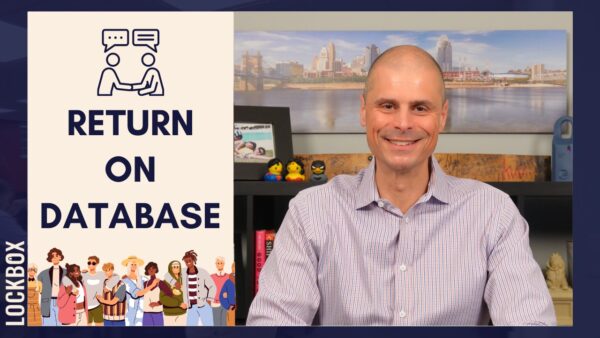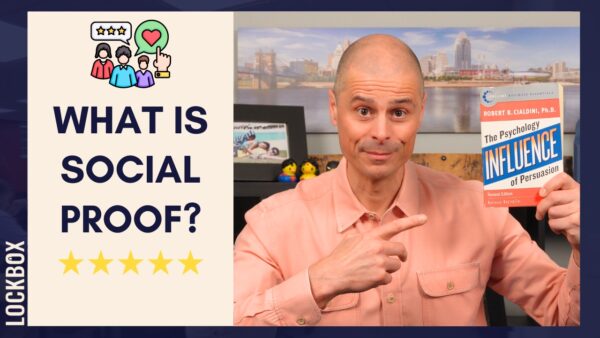What is “Return on Database”?

Ok Realtor friends, are you effectively measuring the health of your business? Most agents focus on the number of homes sold, total volume, or overall profit. While these are certainly important metrics, there’s another crucial indicator you might be overlooking: the Return on Database (ROD).
What is Return on Database?
Return on Database is the measure of how many transactions—be they repeat or referral—you generate from the people who already know, trust, and recommend you. It’s a critical metric because it measures how well you are tapped into the potential of your sphere of influence—those individuals who know you’re in real estate and are likely to use or refer your services.
Your database isn’t just a list of contacts; it’s a goldmine of potential business. Typically, this group might range from 150 to 350 people, depending on the size and scale of your operations. The key to maximizing your ROD is not just expanding this list but deepening the relationships within it to increase engagement and trust.
Calculating Your Return on Database
Calculating your ROD is straightforward. Here’s how you can calculate it:
1. Identify all sales generated directly from your sphere, including referrals from your network and repeat clients.
2. Divide the total number of these transactions by the total number of people in your database. (A couple = one person)
3. Convert this figure into a percentage to understand your ROD.
For example, if you had 10 sales from a sphere of 200 people, your ROD would be 5%.
What Does a Good Return on Database Look Like?
Your ROD will vary depending on a wide variety of factors: how long have you lived in your community; how long have you been in the business; how relational are you vs. transactional, etc. That being said, here are some benchmarks to help give a benchmark for your business:
- Baseline ROD: About 2.5
- Good ROD: Around 5$
- Excellent ROD: 7.5% or more
- Outstanding ROD: 10% and above
At The Chabris Group, we’ve historically seen an ROD ranging from 7.5% to 10%, with some agents at the company leveraging our systems and tools to achieve up to a 17% return.
Why Focus on Return on Database?
Focusing on ROD encourages you to nurture relationships within your sphere of influence, leading to more sustainable and profitable business growth. It shifts the emphasis from purely transactional interactions to building lasting connections, which are especially valuable in an industry undergoing rapid regulatory and technological changes.
Strategies to Improve Your Return on Database
1. Regular Communication: Keep in touch with your database through newsletters, market updates, and personal notes. Consistent communication keeps you top of mind without being intrusive.
2. Client Appreciation Events: Host events that allow you to connect with your sphere in a relaxed, social setting, reinforcing their positive associations with your brand.
3. Referral Programs: Encourage referrals by implementing a system that rewards past clients for referring new business to you.
4. Personalized Follow-ups: Make a point to reach out personally to past clients on significant dates such as home purchase anniversaries or birthdays.
As you evaluate your business’s health and plan for future growth, ask yourself: What is my current Return on Database, and what would I like it to be? What strategies can I implement to improve this metric?
Remember, success in real estate isn’t just about the number of transactions; it’s about creating meaningful connections that drive those transactions. Focus on nurturing your sphere, and watch how it positively impacts your Return on Database—and the profitability of your business overall.












